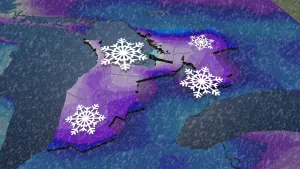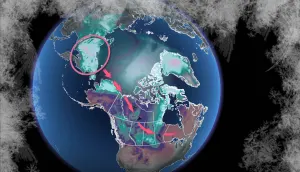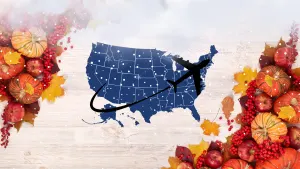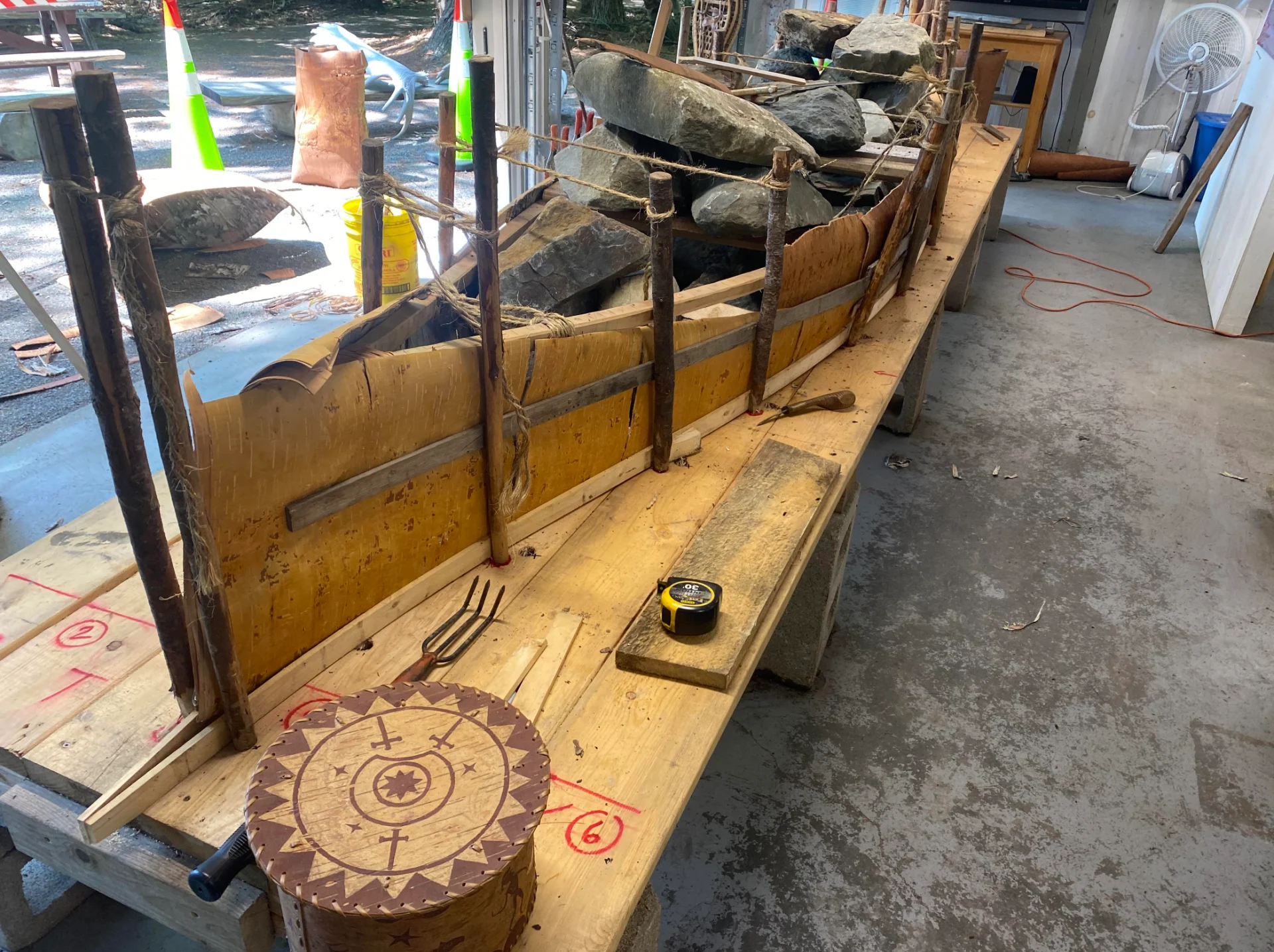
Dying birch trees threaten Mi'kmaq canoe tradition in Nova Scotia
Mi’kmaq canoe builder faces challenges due to the decline of healthy birch trees
Todd Labrador’s Mi’kmaq family has been building birch bark canoes for generations at Kejimkujik National Park and Historic Site in Nova Scotia.
“At one time when we harvested birch bark, we'd put our hands in around the tree, and the inside of the bark was wet, very wet. And as you’re harvesting birch bark, your fingers would get orange from the dye inside the bark,” Labrador tells The Weather Network.
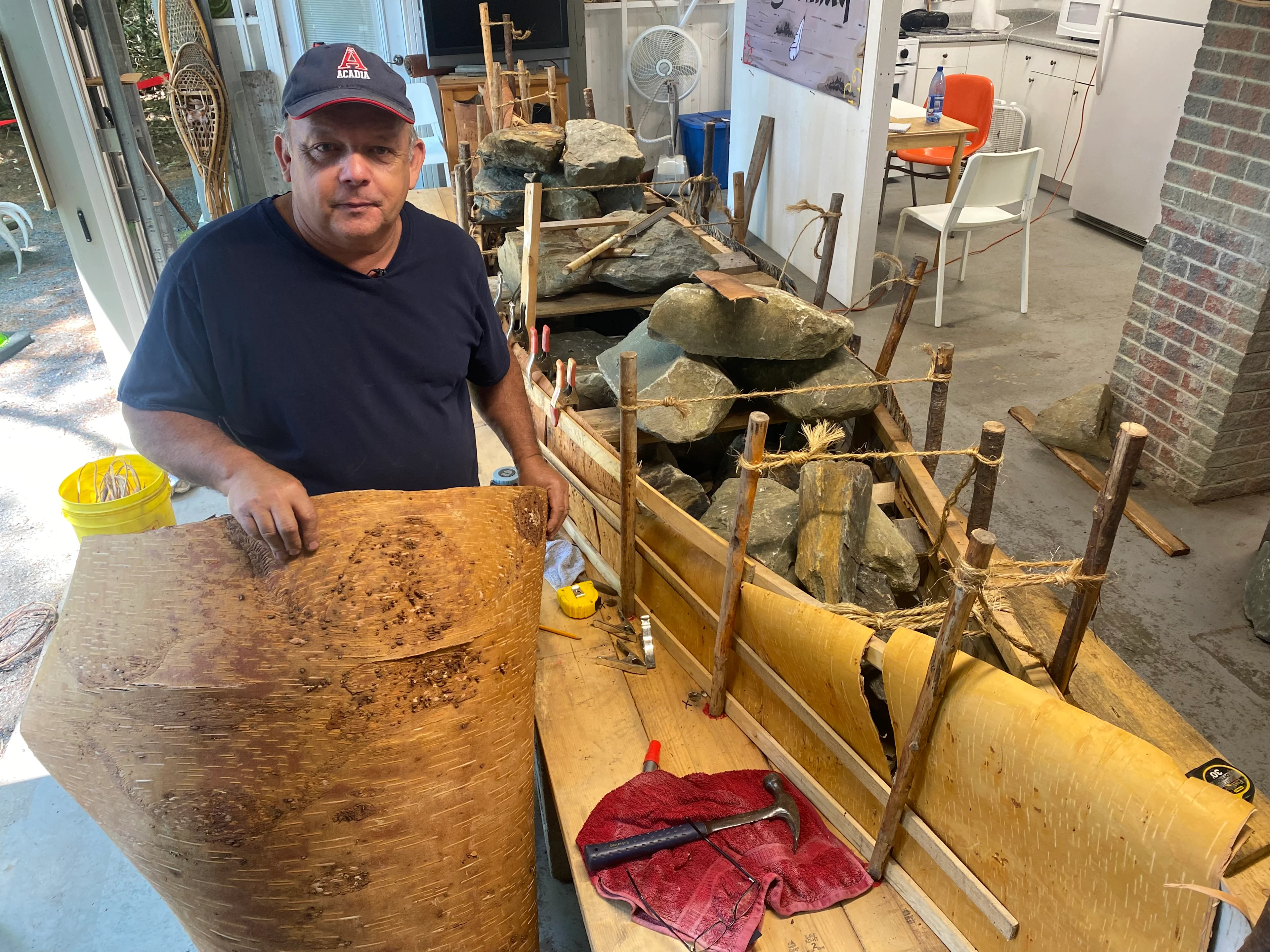
Todd Labrador at his canoe building workshop at Kejimkujik National Park and National Historic Site. (Nathan Coleman/The Weather Network)
He says for the past five years, his hands haven’t been getting orange at all when out in search of more bark to build new canoes.
“A lot of trees are already dying. If you go to these birch trees in this part of Nova Scotia for sure, you’ll notice a lot of birch is already dying. The tops are dead, and a lot of big birches are on the ground,” says Labrador.
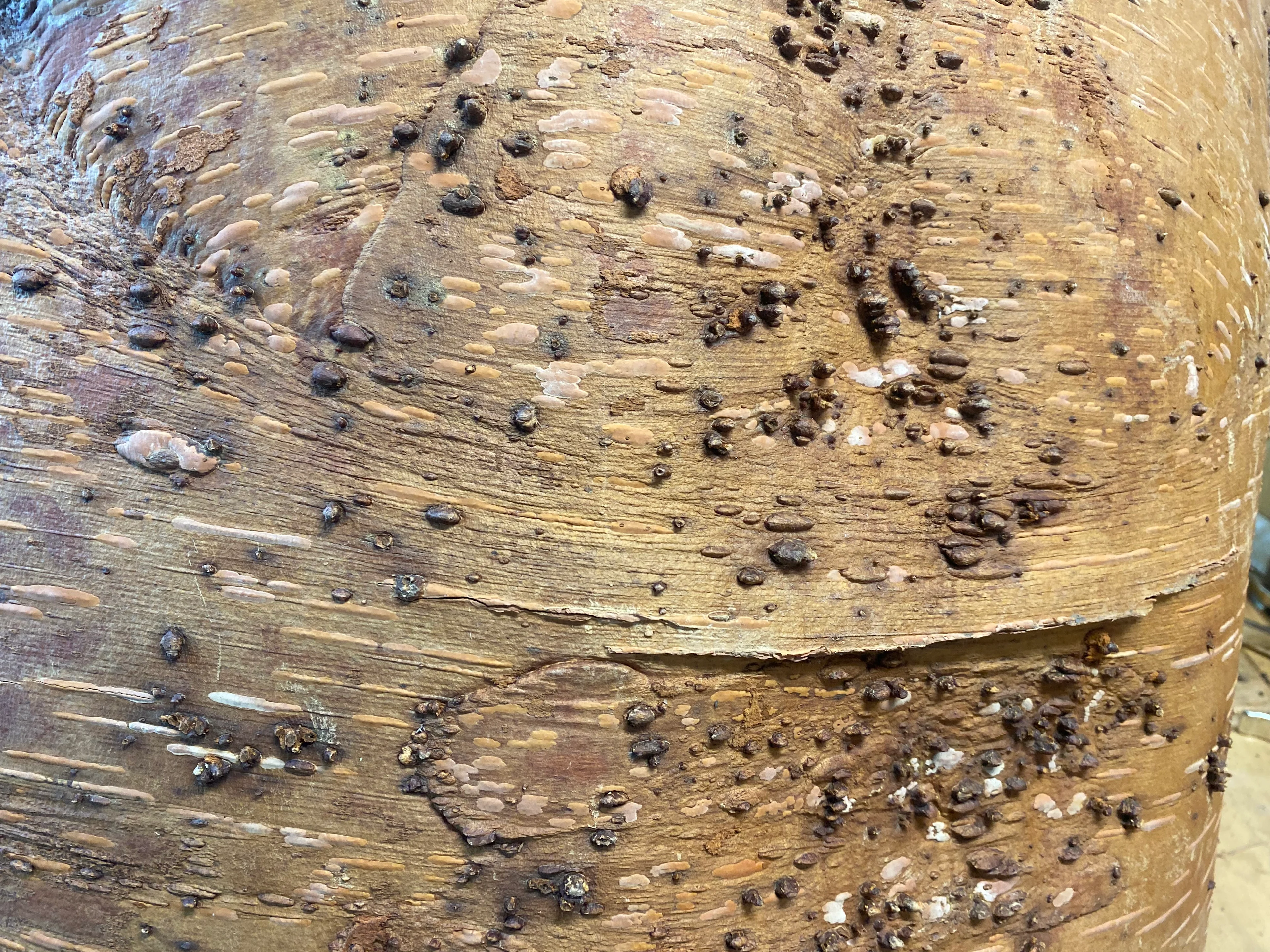
Closeup shot shows birch bark with lumps on it. (Nathan Coleman/The Weather Network)
Still, he presses on to piece together any bark he can harvest into a canoe that will be launched in September. Visitors stop by his workshop in the park to learn more about his process of sewing a multitude of smaller bark panels together.
He built an 18-footer last year that was 26 pieces of bark.

Canoe built by Todd Labrador. (Nathan Coleman/The Weather Network)
“Great grandfather would use one tree. One piece,” he says.
That would have been around the 1930’s.
“Somethings changing in the last 10 to 15 years; we’ve really noticed it. The bark won’t harvest like it traditionally would. And now, when we do get it, it’s filled with lumps and bumps. And we can’t use it.”
Laborador says he hasn’t seen many insects and is unsure of the exact cause of the lumps. He recently travelled to New Brunswick to seek out better quality bark so he can keep his canoe-building tradition alive by patching together whatever bark he can get.
His current canoe is set to be completed and launched on September 7th at the park, and the event will be open to the public.





